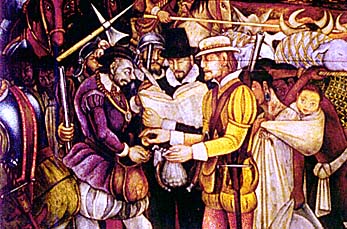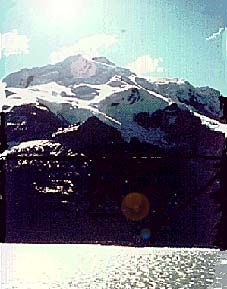
Cocaine is derived from the shrub Erythroxylon, of which over 200 species are known. Cocaine is the main alkaloid present in Erythroxylon coca which grows in South America (mainly Colombia, Bolivia and Peru) and other tropic regions. It is obtained from an extract of the leaves, which is then hydrolysed and esterified with methanol and benzoic acid to produce the hydrochloride salt of cocaine. It is now recognised that there are two species and two varieties involved. Erythroxylon Coca is widely spread from Ecuador to Bolivia and northwest Argentina in the Andes; it occurs at 1500 to 6000 feet altitude in moist montane tropical forests on the Eastern Andean slopes and in the wet inter-Andean valleys. Erythroxylon Coca var. Ipadu is restricted to the Western Amazon of Brazil, Colombia, Ecuador and Peru. There is little doubt that the plant has evolved from the highland E.Coca. This variety is not known in the wild state. A more drought resistant type of coca evolved in the dry areas of northern Peru that is known as E. novogranatense var. truxillense4.

|
|
|
Cocaine was believed to be a mysterious gift of the gods and was used in ancient burials. Indication of the chewing of coca has been found in the ceramic idols –conquero figurines- found in Ecuador dated about 1600B.C. Earlier records have been identified from the ceramic lime pots from the Valdiva culture dated approximately 2000B.C. However it is thought that coca has been used in Ecuador for 5000 years. Gold artifacts from Tiwanaku indicate the use of coca as early as fourteenth century AD .It is certain that the chewing and cultivation of the coca plant is very ancient and may have begun on the Eastern slopes of the Ecuadorian or Peruvian Andes. The Indian tribesmen of the High Andes in Ecuador and Peru traditionally chewed the leaves of the coca plant, along with lime to release the alkaloids, to combat fatigue and to deaden the pangs of hunger.
Coca is
consumed daily in the highlands of Peru, Bolivia, the northwestern part of
Argentina, and in parts of Colombia. The leaves are carefully dried.
They are put into the mouth with an alkaline admixture; (often the ashes
of quinoa (Chenopodium
Quinoa) called lliptu
in Peru. Bolivian tin miners chew coca to ‘help’ them to work under
miserable conditions at high altitudes4.
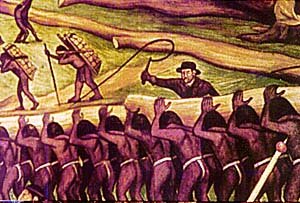
In the Northwest Amazon, the coca plant, especially Erythroxylon Coca var. Ipadu, is considered sacred and treated with respect throughout its collection and preparation. The plant is used in special ceremonies and for daily consumption by the men of the tribe4.
The coca leaves are carefully plucked each day by men, then toasted on a flat ceramic cassava-oven. When thoroughly dry and crisp they are put into a large hollow trunk (which acts as a mortar) and pounded to a powder with a large pestle of hard wood. The mortar measures four or five feet. The work of pulverizing is done only by men, who carry it out rigorously in the standing position. It can take up to a full hour of pounding, which begins at nightfall. In the meantime, the Ceropia leaves are gathered and burned to ashes on the earthen floor of the Indian roundhouse. The ashes are mixed with the coca powder in an equal quantity as an alkaline admixture then the mixture is very finely sifted. The use of coca is restricted to the male members of the tribe; similarly only men may tend the coca fields although agricultural labor is the work of the women. The plant enters into the origin myths of many tribes. Several tribes of the Colombian Vaupé, for example say that their people originated from the Milky Way and arrived on earth in a canoe drawn by an Anaconda. The canoe held a man and a woman, the cassava plant, caapi and coca5.
The
coca "chewers" are the inheritants of a great and well-known
civilization like Tihuanacu.
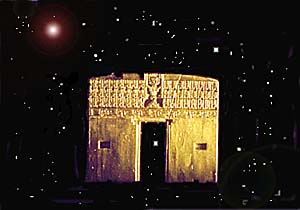
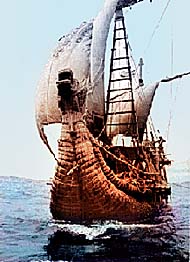
And as the coca legend said:
When the white conquers arrived from the north with the slavery work, the coca
leaf come down from the gods to the people and becomes a food for general
consumption.
